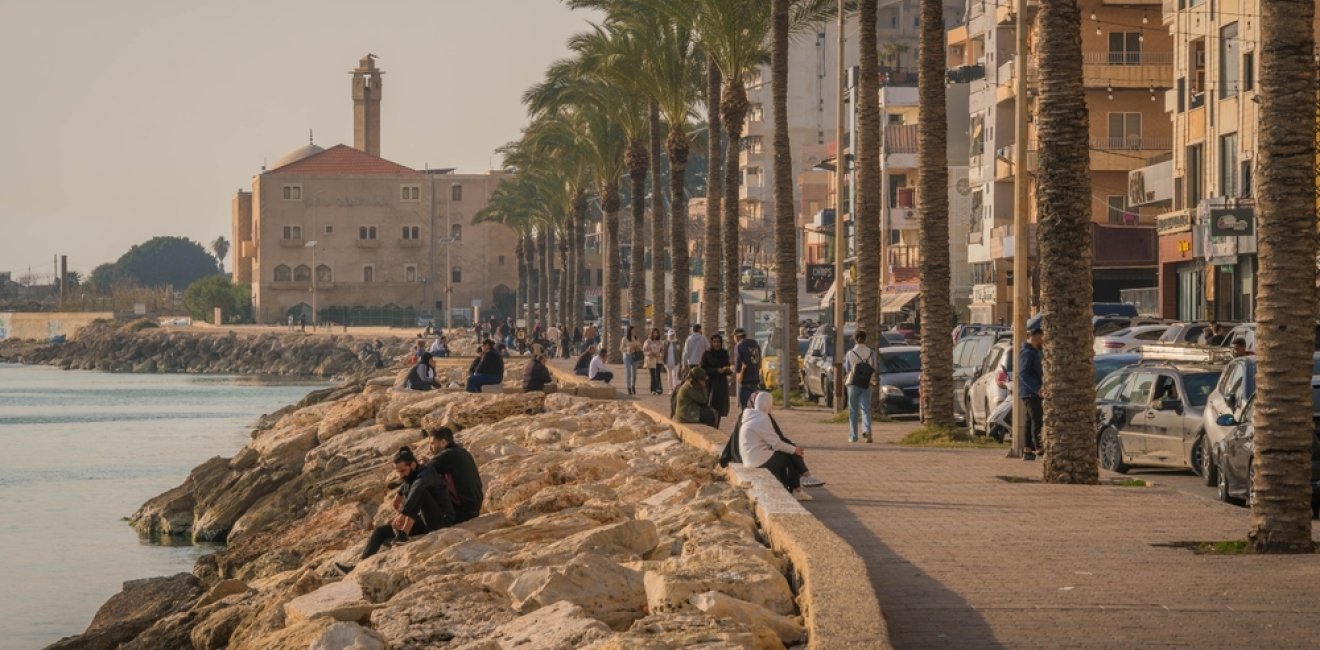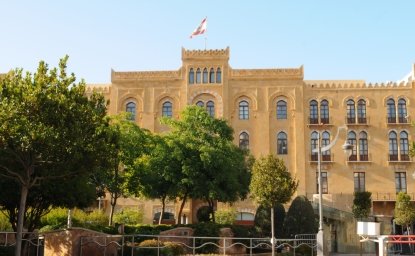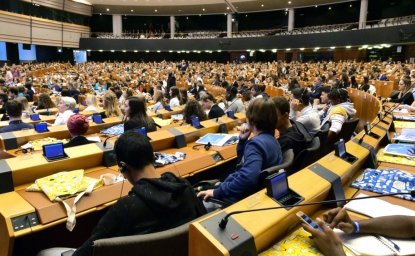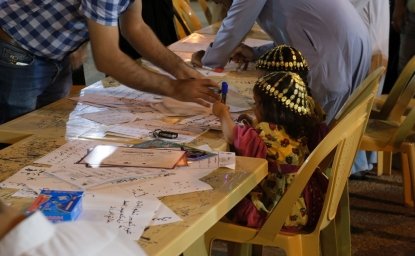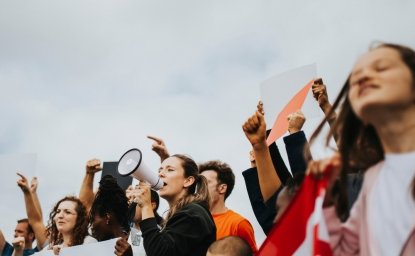You go to a place, and the place doesn’t exist. There’s a void… sometimes you can find tiles on the floor and that’s the only thing that remains.
Packed with ancient Roman temples and other historic sites once bustling with tourists, Lebanon is now a shell of its former self. Since October 2023, Israel’s airstrikes and ground invasion killed nearly 4,000 people, displaced 1.3 million people, and caused $8.5 billion worth of damage. These tangible losses are exacerbated by the destruction of cultural heritage and a fractured Lebanese identity, complicating the path to recovery. While Israel has yet to withdraw from southern Lebanon, after the election of General Joseph Aoun as Lebanon’s president on January 9, many Lebanese are hesitantly hopeful that their country can soon begin to rebuild.
Extensive damage
Archeologist and journalist Joanne Farchakh Bajjaly has been visiting cultural heritage sites in the south and the Bekaa Valley. She has documented the destruction of heritage in Lebanon, Syria, and Iraq since 1998. In 2005, she founded Biladi, an NGO dedicated to heritage protection and education. In the next few months, they will share an assessment report on the damage.
Israel’s indiscriminate bombardment devastated southern Lebanon, the Bekaa Valley, central Beirut, and Beirut’s southern suburbs. The wreckage extends beyond famous ancient ruins to lesser-known sites and intangible customs. According to Bajjaly, the worst damage is to private properties, especially 200-year-old historic homes “that are in every village and in every town.” After years of standing, these houses had become “part of the landscape” and “the collective identity,” said Bajjaly. The number of historic houses lost is unknown because the Israeli military razed entire villages to the ground.
“You go to a place, and the place doesn’t exist. There’s a void… sometimes you can find tiles on the floor and that’s the only thing that remains,” said Bajjaly as she explained how “stones were turned to ashes.”
Jad Aasi is among those who lost his house in the south. Heritage is important to Aasi for its own sake but also because it contributes to his income. For months, Aasi, a tour guide and content creator, could not offer any tours.
One of Aasi’s favorite tour destinations is Baalbek, a city in the Bekaa Valley renowned for ancient Roman temples that are some of the best preserved in the world. Israeli airstrikes on Baalbek forced tens of thousands of civilians to flee. While the strikes did not directly hit the ruins, they are marred by debris, and one wall is partially destroyed. Blast vibrations, smoke from explosions, and white phosphorus may have irrevocably harmed the ruins, but experts have not yet fully assessed the damage.
Tyre, a historic city 12 miles from the Israel-Lebanon border, was also subject to Israeli bombardment. While the Tyre Hippodrome, one of the largest ancient sporting arenas dating back to the second century Phoenicians, still stands, smaller sites have been reduced to rubble. Israeli forces have destroyed at least three churches in southern Lebanon. On October 9, an Israeli missile hit the Melkite Greek Catholic Church, killing eight people who sought refuge inside. In addition to places of worship, bombs also hit cemeteries, fortresses built by the Crusaders, fishermen ports, and old markets.
The destruction of heritage adds to the trauma that survivors of war experience. Howayda Al-Harithy, chair of the Department of Architecture and Design at the American University of Beirut, wrote that “war is waged not only on armed forces but also on the cultural fabric of nations, with the aim of erasing cultural memory, disrupting identity, and weakening societal unity.”
A pattern of destruction
Israel has targeted Palestinian and Lebanese cultural heritage for decades—including a Jewish shrine in Sejoud during the withdrawal from southern Lebanon in 2000. Al-Harithy believes that these attacks are part of Israel’s strategy. She considers the annihilation of the 200-year-old Ottoman-era souk in Nabatieh an example of “urbicide,” or the “intentional destruction of both the physical surroundings and the community life of civilians for purely military objectives.” Similar destruction of cultural heritage in Gaza was cited by South Africa in its genocide case against Israel for at the International Court of Justice in December 2023.
In October 2024, Lebanese Minister of Culture Mohammad Wissam Mortada condemned Israeli airstrikes on Baalbek, a United Nations World Heritage site, as a “flagrant violation” of international law. However, the Israeli Defense Forces claim to have operated “in strict accordance with international law,” accusing Hezbollah of exploiting “civilian infrastructure for terror purposes.” Lebanese archeologists and officials say this is false. The IDF failed to provide The New York Times with evidence indicating otherwise.
Rebuilding the future
According to Al-Harithy, “protecting cultural heritage is crucial not only for preserving the past but also for fostering resilience and reconciliation in post-conflict societies.” Weaam Haddad, an architect and “built heritage” researcher, says that local communities, municipalities and small NGOs are taking the lead in efforts to preserve culture. However, “at a certain point the government has to intervene, especially when it comes to funding.” While experts are aware of the importance of cultural preservation for Lebanon’s future, they are limited in the actions they can take.
On October 30, UNESCO announced enhanced protection for 34 cultural properties but leaves out lesser-known sites, according to a statement by Biladi. Moreover, the Lebanese Economic Bodies delegation recently outlined a vision to revitalize the economy, including the tourism sector. However, it is unclear how much attention the government will direct towards recovering cultural heritage sites. For now, heritage preservationists like Bajjaly will continue to document damage and consolidate historic monuments in hopes that they survive the winter.
The views represented in this piece are those of the author and do not express the official position of the Wilson Center.



